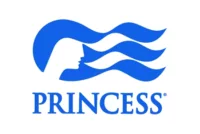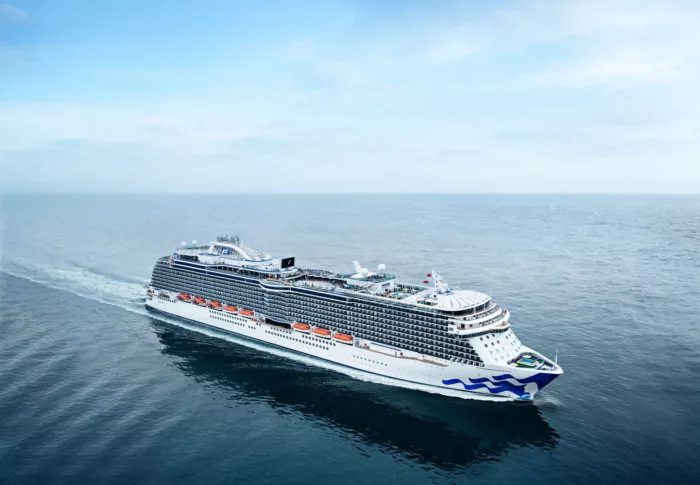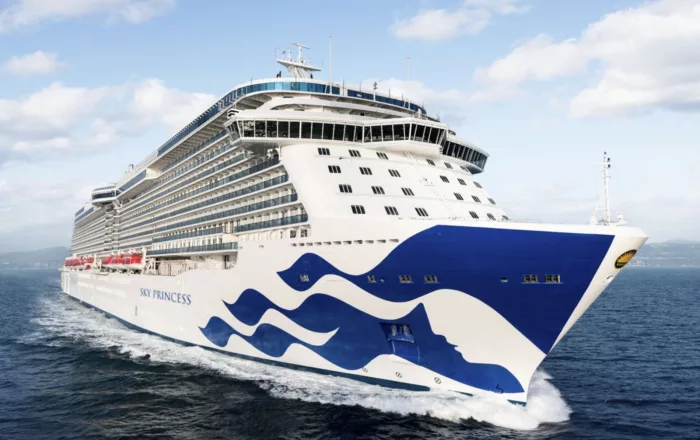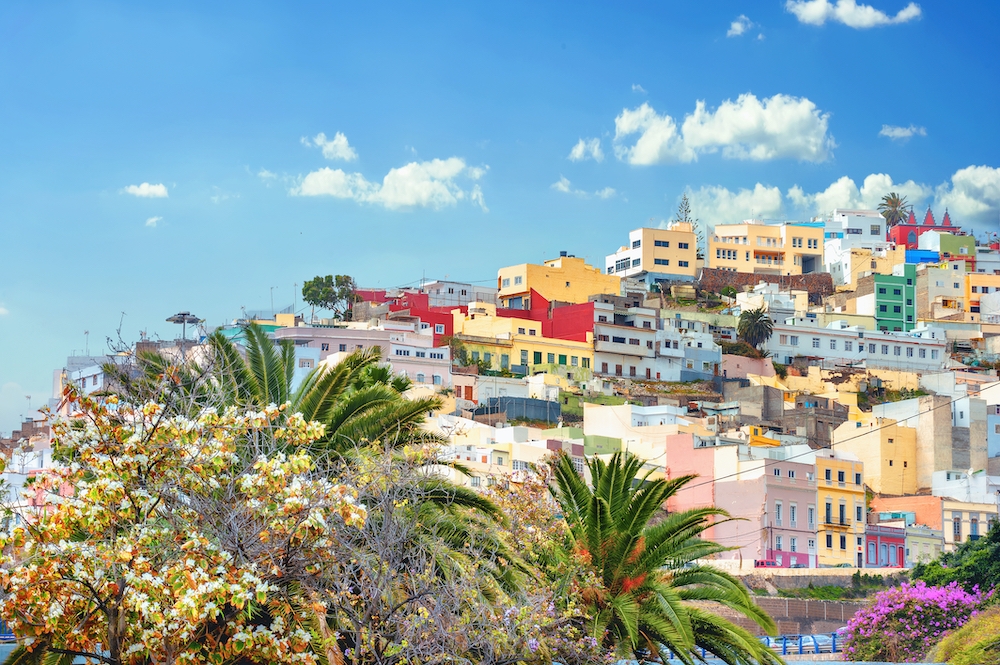
Princess Cruises
Credited with introducing millions of Americans to the concept of a modern cruise holiday, Princess Cruises is still innovating to this day.
Sporting a fleet of 17 ships with capacities ranging from 2,000 to 4,300 passengers, the line is best known for its Alaskan cruises, but travels to destinations the world over.
With an emphasis on destination leadership and local expertise, Princess is an excellent choice for the discerning traveller seeking to sail in comfort.
3560
Passengers
1346
Crew
2014
Launched
142000t
Tonnage
330m
Length
39m
Width
22kts
Speed
15
Decks
USD
Currency
Cruise Itinerary
Day 1
Southampton, England
Day 2
Le Havre, France
Day 3
At Sea
Relax and make the most of the myriad of facilities available on board the ship, from fantastic entertainment to delicious and diverse dining options.
Day 4
Bilbao, Spain
Day 5
At Sea
Relax and make the most of the myriad of facilities available on board the ship, from fantastic entertainment to delicious and diverse dining options.
Day 6
Vigo, Spain
Days 7 - 8
At Sea
Relax and make the most of the myriad of facilities available on board the ship, from fantastic entertainment to delicious and diverse dining options.
Day 9
Ponta Delgada, Azores, Portugal
Days 10 - 14
At Sea
Relax and make the most of the myriad of facilities available on board the ship, from fantastic entertainment to delicious and diverse dining options.
Day 15
Saint John's, Antigua and Barbuda
Day 16
Saint Thomas, U.S. Virgin Islands
Days 17 - 18
At Sea
Relax and make the most of the myriad of facilities available on board the ship, from fantastic entertainment to delicious and diverse dining options.
Day 19
Grand Cayman, Cayman Islands
Wheelchair Access Limited
Days 20 - 21
At Sea
Relax and make the most of the myriad of facilities available on board the ship, from fantastic entertainment to delicious and diverse dining options.
Day 22
Galveston, Texas, United States

Day 1
Southampton, England

Day 2
Le Havre, France

Day 3
At Sea

Day 4
Bilbao, Spain

Day 5
At Sea

Day 6
Vigo, Spain

Days 7 - 8
At Sea

Day 9
Ponta Delgada, Azores, Portugal

Days 10 - 14
At Sea

Day 15
Saint John's, Antigua and Barbuda

Day 16
Saint Thomas, U.S. Virgin Islands

Days 17 - 18
At Sea

Day 19
Grand Cayman, Cayman Islands

Days 20 - 21
At Sea

Day 22
Galveston, Texas, United States
Ship Details


Princess Cruises
Regal Princess
Explore and revel in the latest offerings at sea
Enjoy sweeping views from one of more than 1,400 balconies on Regal Princess or stroll on the SeaWalk®, a glass-floor walkway extending 28 feet beyond the edge of the ship!
Cabins
All Prices
























